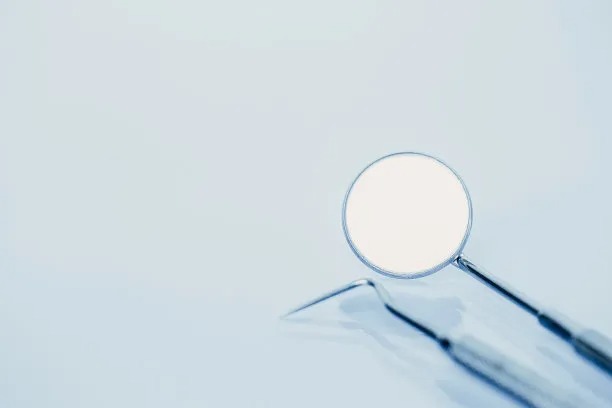The Essential Guide to Extracting a Tooth Safely and Comfortably at the Dentist
Summary: Tooth extraction is often perceived as a daunting procedure, but with the right approach, it can be done safely and comfortably. This article serves as an essential guide to understanding every aspect of tooth extraction at the dentists office. It will cover preparation strategies, the extraction process itself, aftercare recommendations, and how to communicate effectively with your dentist. By breaking down these elements, we aim to demystify the procedure, ensuring patients feel informed and empowered. Whether you are facing a routine extraction or dealing with a more complicated case, this guide provides the knowledge you need to navigate the experience with confidence.
1. Preparing for the Tooth Extraction Process

Preparation is key to ensuring a smooth tooth extraction experience. First, its essential to schedule a consultation with your dentist to discuss your case and outline any particular concerns or needs. During this appointment, your dentist will perform an examination and may take X-rays to assess the tooths condition. This step will help you understand the complexity of the extraction and inform you about potential complications.
In addition to a physical examination, preparing mentally is equally important. Knowing what to expect can significantly reduce anxiety. Ask your dentist questions about the process, including anesthesia options, the estimated duration of the extraction, and what post-op care entails. Understanding the steps involved makes the procedure feel less intimidating and allows patients to feel more in control.
Lastly, patients should be aware of any medications they are currently taking. Inform your dentist about prescribed medications, over-the-counter drugs, or supplements to ensure there are no adverse reactions during the extraction. Your dentist may advise you to temporarily avoid certain medications to ensure a safer procedure.
2. Understanding the Extraction Procedure
The actual extraction process begins with the administration of anesthesia. Dentists typically offer local anesthesia to numb the area surrounding the tooth being extracted. This ensures patients experience minimal discomfort during the procedure. In some cases, general anesthesia may be used, particularly for complicated extractions. Your dentist will discuss the most suitable option based on your specific situation and comfort level.
Once the anesthesia takes effect, the dentist will carefully remove the tooth. For a simple extraction, this involves loosening the tooth and pulling it out in one motion. In contrast, surgical extractions may require incisions in the gums to access the tooth’s root. This process can seem daunting, but dentists have the expertise to handle complications swiftly and safely, ensuring patient comfort throughout.
During the procedure, it’s normal to feel pressure or pulling, but significant pain should be minimal thanks to anesthesia. If discomfort arises, patients should communicate their feelings to the dentist promptly. Dentists are trained to monitor patient comfort closely and can adjust their techniques or administer additional anesthesia if necessary.
3. Aftercare and Recovery Tips
Post-extraction care plays a critical role in recovery. Immediately after the extraction, patients are advised to bite down on a gauze pad for 30 to 45 minutes to help control bleeding. Its essential to rest for the remainder of the day and limit physical activity, as exercise can increase bleeding and swelling.
Dietary choices play a significant role in recovery as well. Patients should consume soft foods in the initial days following the procedure. Foods such as yogurt, applesauce, and mashed potatoes minimize irritation to the extraction site. Additionally, it’s advisable to avoid hot, spicy, or hard foods for at least a week to prevent complications.
Other aftercare tips include maintaining oral hygiene while avoiding the extraction site, using ice packs to reduce swelling, and following any other specific instruction given by the dentist. If swelling or pain persists or increases, contacting the dentist is critical for further evaluation.
4. Communicating with Your Dentist Effectively
Effective communication with your dentist before, during, and after the extraction can significantly enhance your experience. At your initial appointment, clearly express all concerns regarding pain, anxiety, or medical history. Transparency is essential for a successful outcome.
During the procedure, it is equally important to communicate any discomfort you may be experiencing. Don’t hesitate to let your dentist know if you feel pain or fatigue; they can adjust their approach to ensure you remain comfortable throughout.
After the extraction, keep an open line of communication with your dentist to address any complications or questions about recovery. Many dental offices are accessible for follow-up calls and can provide additional guidance based on your specific needs. Good communication enhances trust and ensures a satisfactory experience.
In conclusion, a tooth extraction doesnt have to be a harrowing experience. Understanding the preparation, procedure, aftercare, and effective communication ensures a safer and more comfortable extraction process. With this knowledge, patients can approach their dental appointments with confidence, knowing they are taking proactive steps for their oral health.
This article is compiled by Vickong Dental and the content is for reference only.



